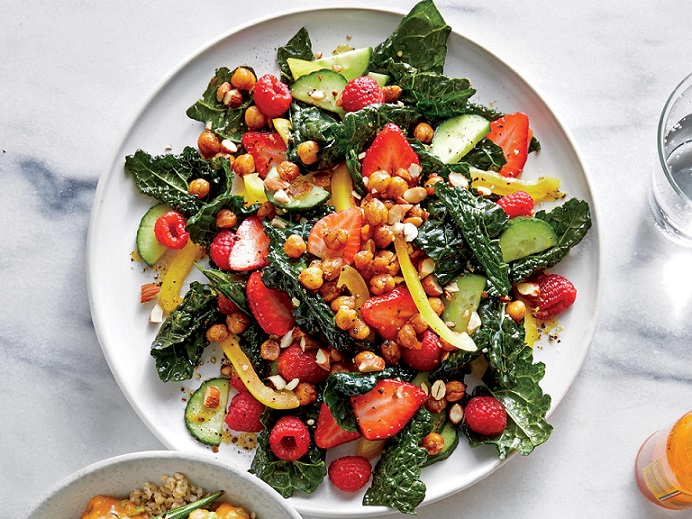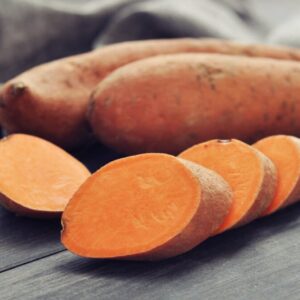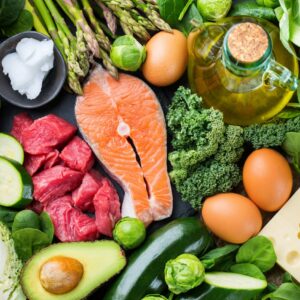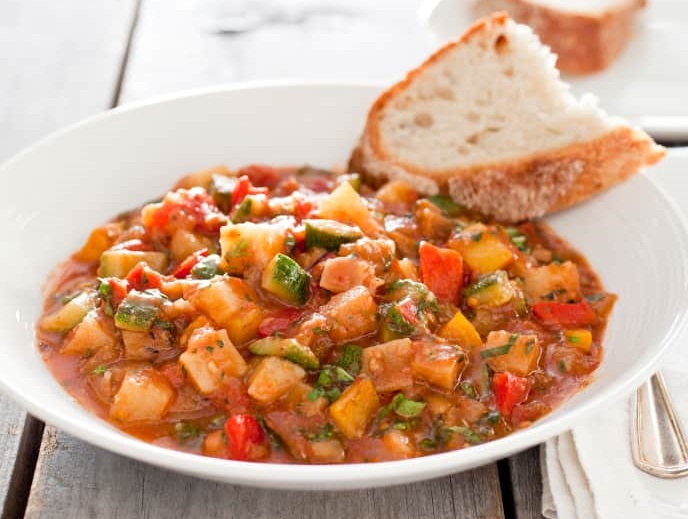It is a well-known fact that the Mediterranean diet is one of the healthiest in the world. Sardinia is the second region worldwide, where people live the oldest (next to an island in Japan), and it is vastly due, in both cases, to the food people eat. But what if you could combine the advantages of this diet with another healthy one: The vegetarian diet? Let’s explain how you can combine both.
A New Diet to Live Better
If your doctor has informed you that it is time to change your eating habits, if you want to live longer, moving to a Mediterranean diet or a vegetarian one will help you get the job done. That’s because they are both healthy ways to nourish your body, with products that contain lots of minerals and vitamins that will make your body stronger.
If you decide to join both these diets, it won’t be that difficult to do. Most of the staple foods on each diet can be found in the other one. The nutritional approach is also very similar. Therefore, it will be easy to become vegetarian, while keeping the elements found inside the Mediterranean diet. Below, you will learn about each diet and how to build one that is right for you, by mixing them up. We will explain all this, and more, as we teach you ways to simplify your diet.
The Vegetarian Diet
There are different vegetarian diets, but they all have one thing in common: They don’t include any meat (pork, beef, lamb, etc.), fish (also sea food) and chicken (or any other kind of birds). To compensate for the lack of proteins brought by these foods, a vegetarian will turn to plants that also bring them, such as quinoa, green beans and soja beans, as well as others. The rest of their diet will be based around vegetables, fruits and nuts.
Contrary to what most people believe, switching to a vegetarian diet is not so difficult to do. The variety of choice makes it easy to compensate for whatever you would be missing from your old diet. It also comes with many health advantages, since it can lower cholesterol, reduce blood pressure and help lose weight, as well.
The Mediterranean Diet
People started talking about the Mediterranean diet back in the 60s and 70s. It was in reference to the way Italians and Greeks ate, during that period (which they still do, mostly). It was often compared to the American diet, in order to show its health advantages. Whereas Americans ate a lot of process food, and carbohydrates in excessive quantities (they still tend to do so), the Mediterranean diet was based around olive oil, vegetables, fruits, nuts and seeds.
This cuisine does include meat, but it tends to prioritize fish and chicken before red meat, which they buy sparingly. Of course, Italians do eat pasta regularly (for some, on a daily basis). The question becomes: What quantity of carbohydrate do you consume per day? Italians tend to stay within the norm, and that is why they don’t accumulate an excess of fat.
Inserting the Mediterranean Diet into the Vegetarian Diet
Although it is true that the Mediterranean diet includes meat, poultry and fish, it is also filled with vegetables, fruits, nuts and seeds, which are the food that vegetarians eat. It then becomes quite easy to see how to fit the two together: Remove the meat (globally), and keep the rest to build the new diet.
Instead of basing your meal on steak or fish, that you would place on your plate, centralize it on the vegetables and build around them. However, you will have to make sure that you incorporate vegetable proteins into your meals. Once you start learning which of them do contain proteins, you’ll be surprised the large variety of meals you’ll be able to prepare that will contain the necessary amount of protein your body needs. You’ll also fill yourself better, feeling less hungry all the time. That will enable you to stick to your new vegetarian diet more easily.
How to make it Work for You?
The secret of any diet is to maintain it through time. If you just move to a new diet temporarily, chances are you will lose any benefit you gain from it rapidly, once you go back to the previous one. To ensure that the change works well for you, you should insert lots of healthy fats into it. One of the best examples, in that category, is olive oil. You can use it to cook but also add it to salad dressings as well as to replace butter on bread. This will help you compensate the loss of calories previously brought by meat.
But the biggest key to making this change work is to keep eating the meals you like. Don’t try to create new dishes all the time: Just change the ingredients of the ones you used to cook. The idea may seem strange at first, but by reading and learning, you’ll find new ways to create the meals you love. That should come as comfort, and it will help you believe in your new diet even more.



